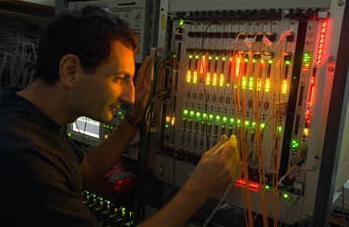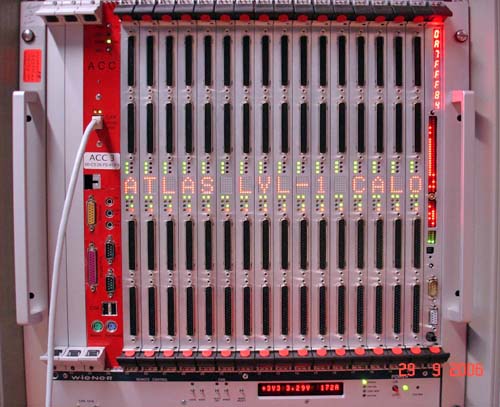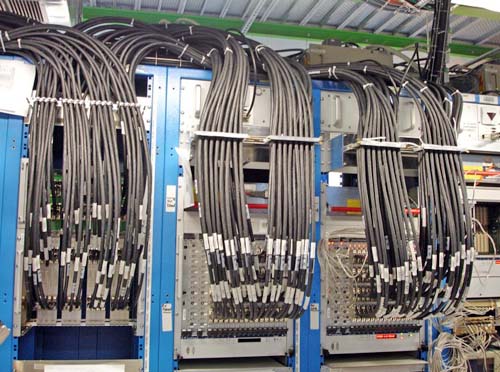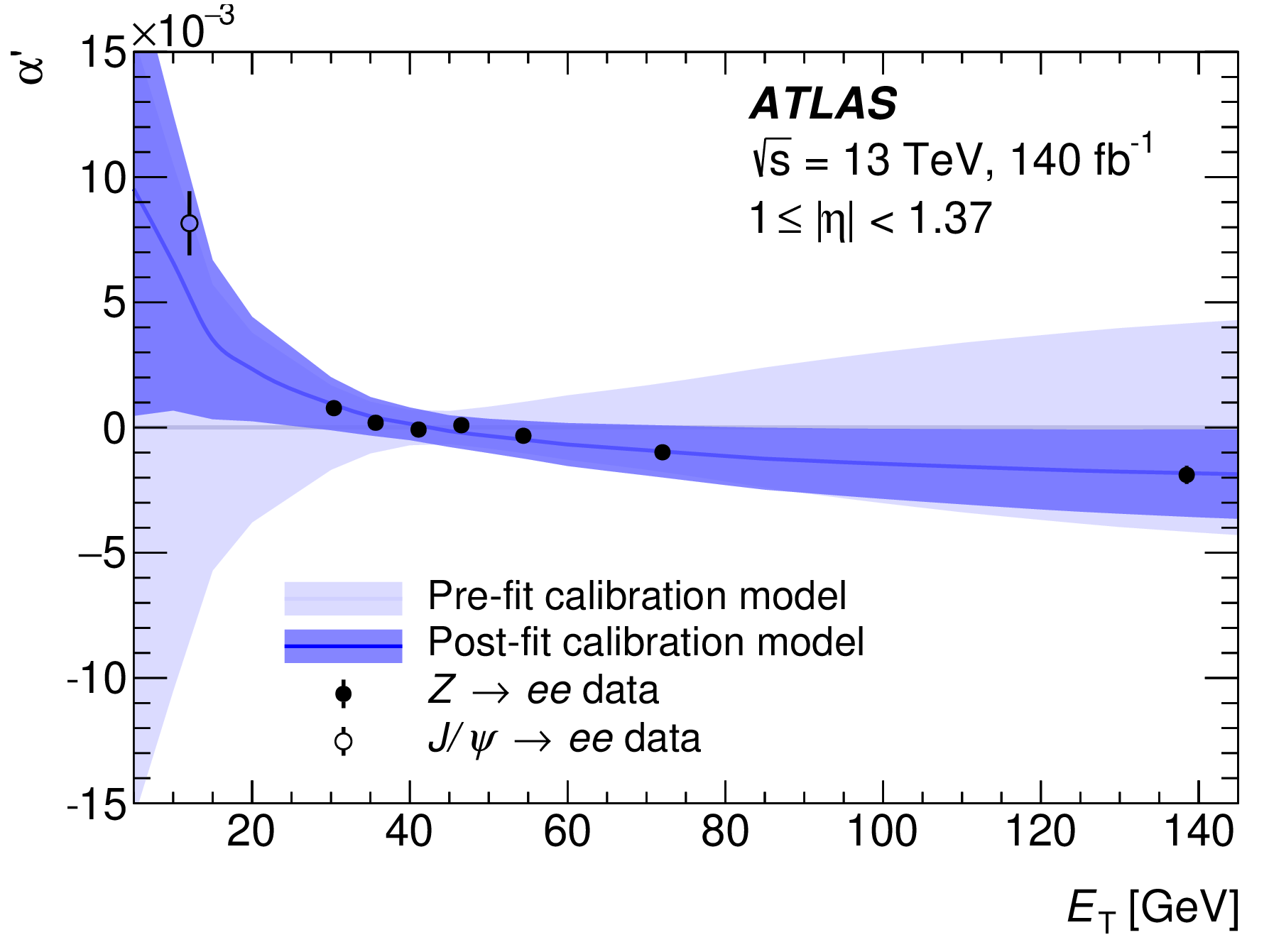Progress on the level-1 calorimeter trigger
3 November 2006 | By

The level-1 calorimeter trigger (L1Calo) has recently passed a number of major hurdles. The various electronic modules that make up the trigger are either in full production or are about to be, and preparations in the ATLAS pit are well advanced.
The level-1 calorimeter trigger (L1Calo) has three main subsystems.
The PreProcessor converts analogue calorimeter signals to digital, associates the rather broad trigger pulses with the correct proton-proton bunch crossing, and does a final calibration in transverse energy before sending digital data streams to the two algorithmic trigger processors.

The cluster processor identifies and counts electrons, photons and taus.
The jet/energy-sum processor looks for jets and also sums missing and total transverse energy.
A full crate test of the cluster processor (Birmingham, Queen Mary London and RAL) is shown of the figure above. This test rig, which has been extremely useful over the past months, was also used to test pre-production modules for the Jet/Energy-sum Processor (Mainz and Stockholm). The main modules of both the cluster and jet/energy-sum Processors are now in full production; the existing pre-production modules already represent about a quarter of the final system.
Readout drivers allow the performance of the trigger to be monitored online and offline, and also send region-of-interest information to the Level-2 Trigger. The Readout Driver (ROD) module must be able to handle a large number of different data formats, coming from the different types of trigger modules. The ROD processing allows Level-2 to concentrate on data from regions of the detector where Level-1 has seen something interesting. Recent ROD tests have been very successful. Full production will begin soon.

In parallel with this, preparations for installing the trigger in the USA15 electronics cavern have been underway for quite some time. Analogue receiver modules (built by Pittsburgh) are all in place, as well as various special patch panels. A big job is the installation of 776 very thick and stiff analogue cables at the front-end of the trigger. These must be routed in a way that minimises their length yet permits access to the electronics. Some of these cables are shown in the figure below; nearly all of these custom-made cables are now finished and installed.
Over the next six months the final production electronics of the trigger will be installed. To complement the hardware, work has been going on for a long time to prepare software to control, calibrate and monitor this essential component of ATLAS.



